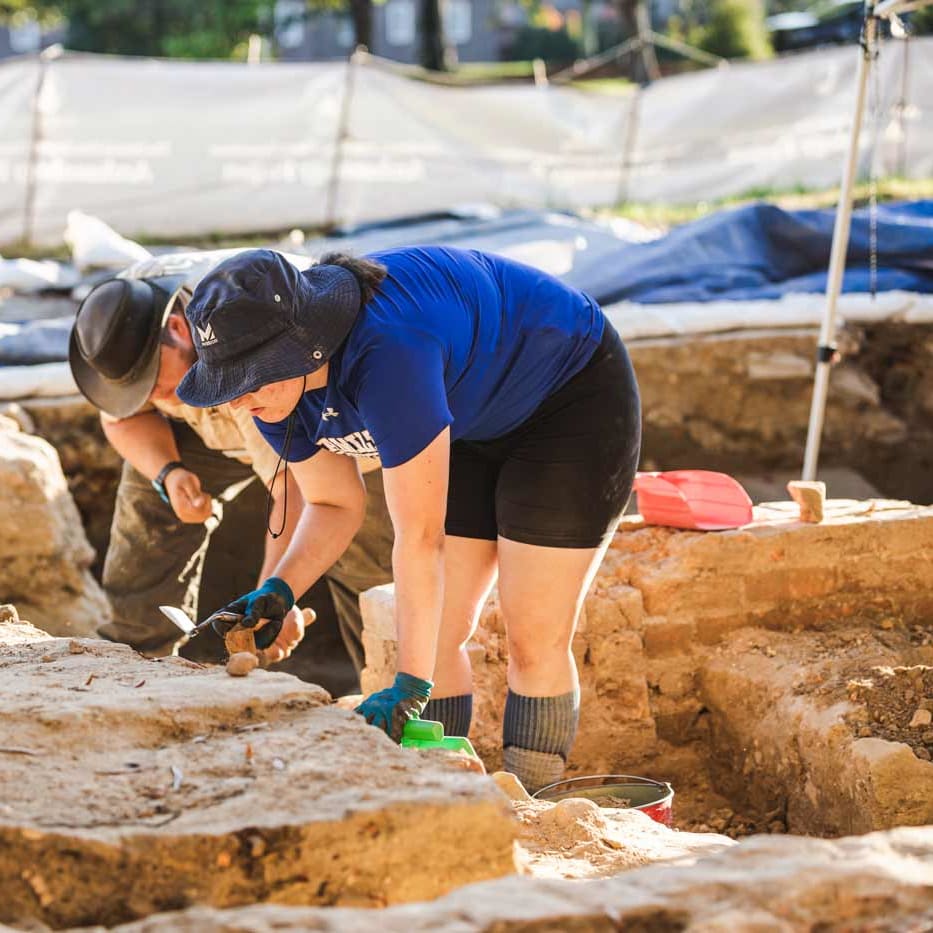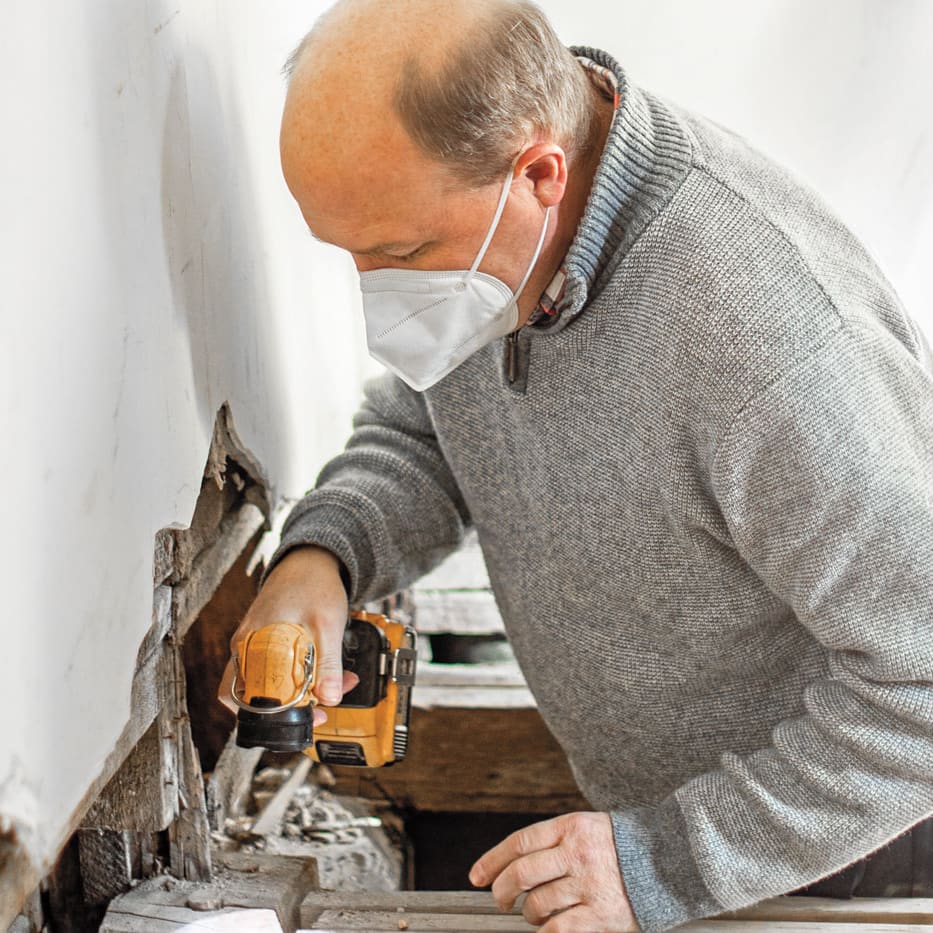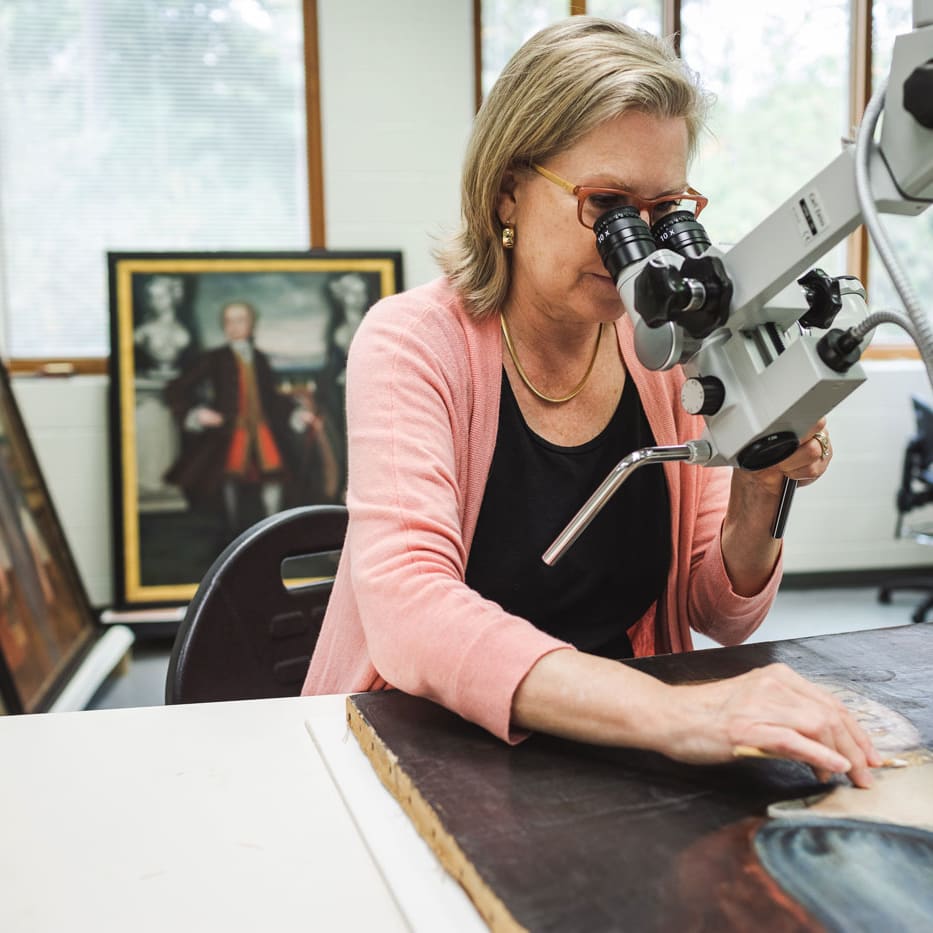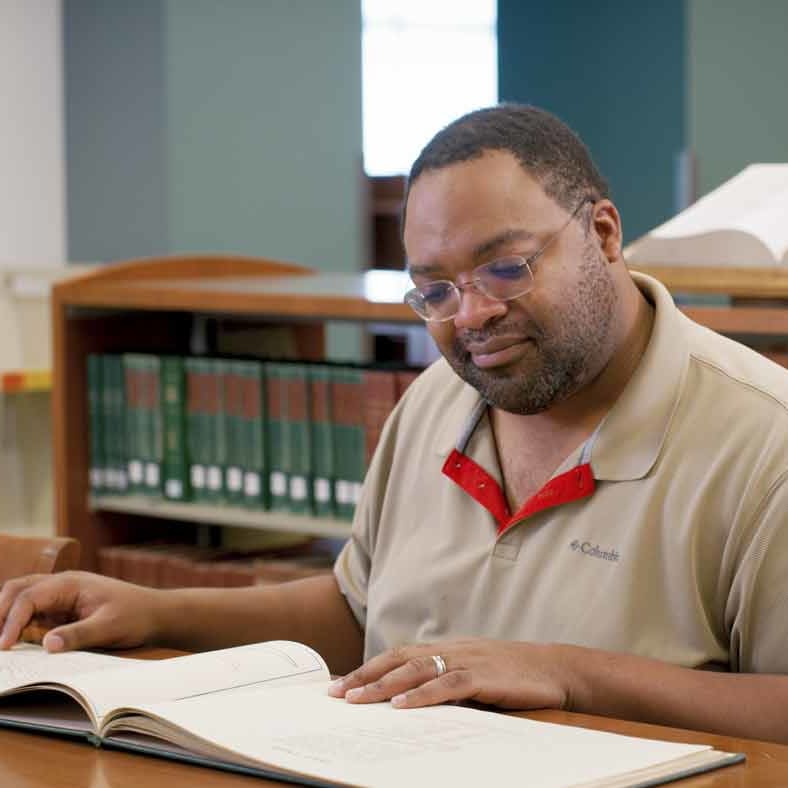A lot goes into making sure that every day at Colonial Williamsburg accurately represents the 18th century. How do we do it? If you guessed research, you would be correct. Research is essential to the success of any museum. Sharing information on any subject without the necessary research is a disservice to the public. But how do we know what we know? From the original jars in the Apothecary shop to the museum theatre program in the Hennage Auditorium, Colonial Williamsburg staff members have scoured the John D. Rockefeller Jr. Library shelves or used previously conducted research from other institutions and scholars to ensure we present an accurate view of the past grounded in solid evidence.
All research begins with a question and that carefully crafted question will guide the work. Those questions are answered and supported by using primary and secondary sources.
Primary Sources
What Is a Primary Source?
- Created at or near the time of the subject you are researching.
- Created by someone who experienced or witnessed what you are researching.


Why and How Should You Use Primary Sources?
- Primary sources are as close as we can get to an event or era in the past.
- Primary sources require an informed analysis of an event or era.
- Sets of primary sources from different individuals help us understand the past from multiple perspectives.
Secondary Sources
What Is a Secondary Source?
- Not created by someone who witnessed or experienced what you are researching.
- In history, these are usually scholarly books or articles, which interpret or analyze primary sources.

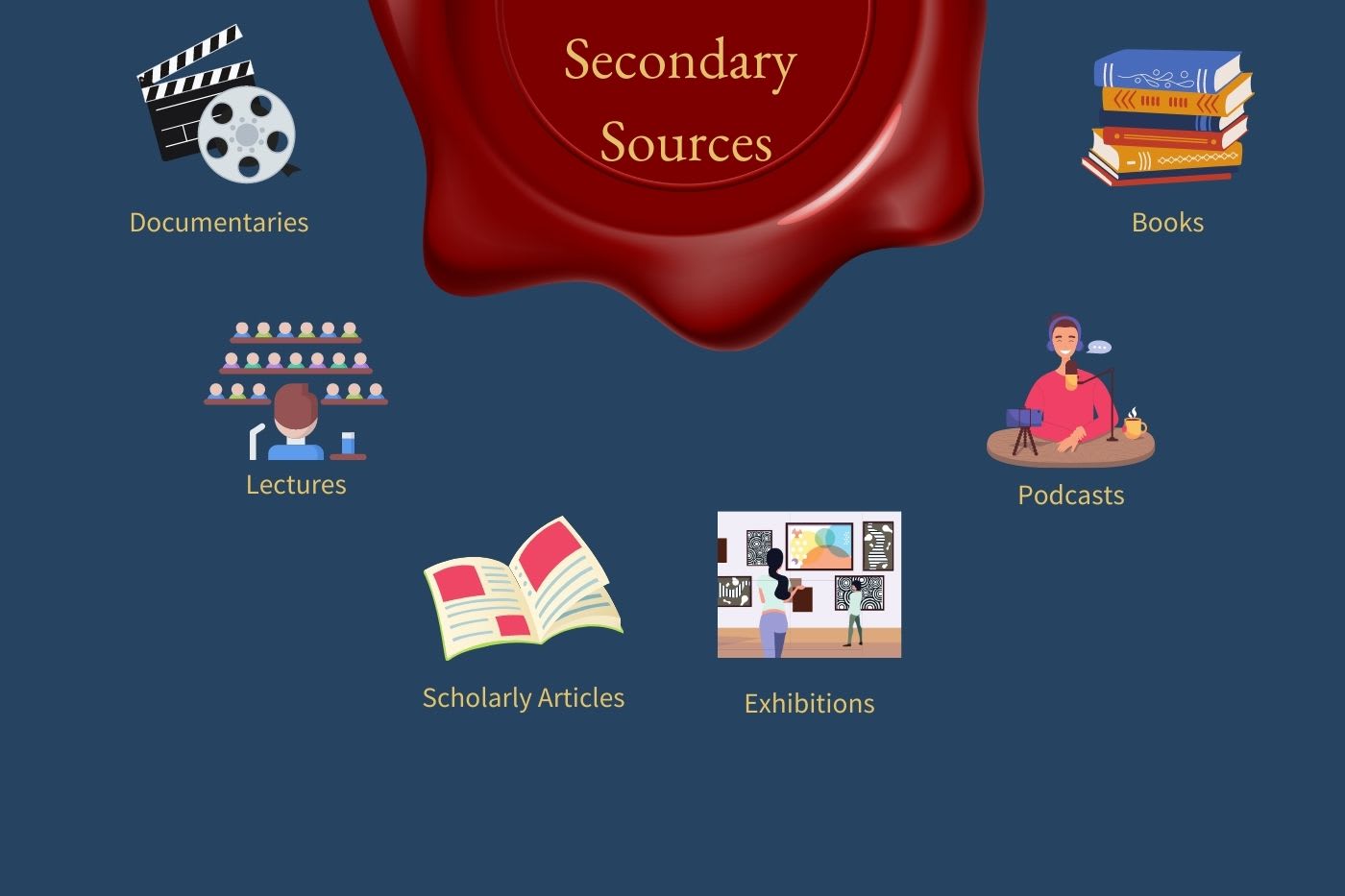
Why and How Should You Use Secondary Sources?
- Secondary sources provide other people’s analysis on the subject.
- Secondary sources help us avoid “reinventing the wheel.”
- Bibliographies in secondary sources will reference primary sources, some of which we may not have otherwise known about.
Browse Our Sources
The John D. Rockefeller Jr. Library, the research center of The Colonial Williamsburg Foundation, advances knowledge of colonial British America, the American Revolution, the early United States, American decorative arts and folk art, and the restoration and continuing story of Colonial Williamsburg. The library’s staff and collections support ongoing research that informs the creation of engaging and inspiring educational experiences in the Historic Area, at the Art Museums, and in Digital Learning Programs.
Discovering Sources
From archaeology to documentary analysis, research underpins the entire Colonial Williamsburg experience. Use the links below to discover our latest findings and learn how they shape the Historic Area and all our programs.
Sources in Action
Research is our backbone; education is our mission. Dive into how we know what we know about 18th-century Williamsburg and join us in discovering what we are yet to uncover.

Museum Theater & Interpretation
These interpreters use primary and secondary sources to research and study 18th-century Virginia and then bring it to life as first-person characters or actors in staged performances.
Learn More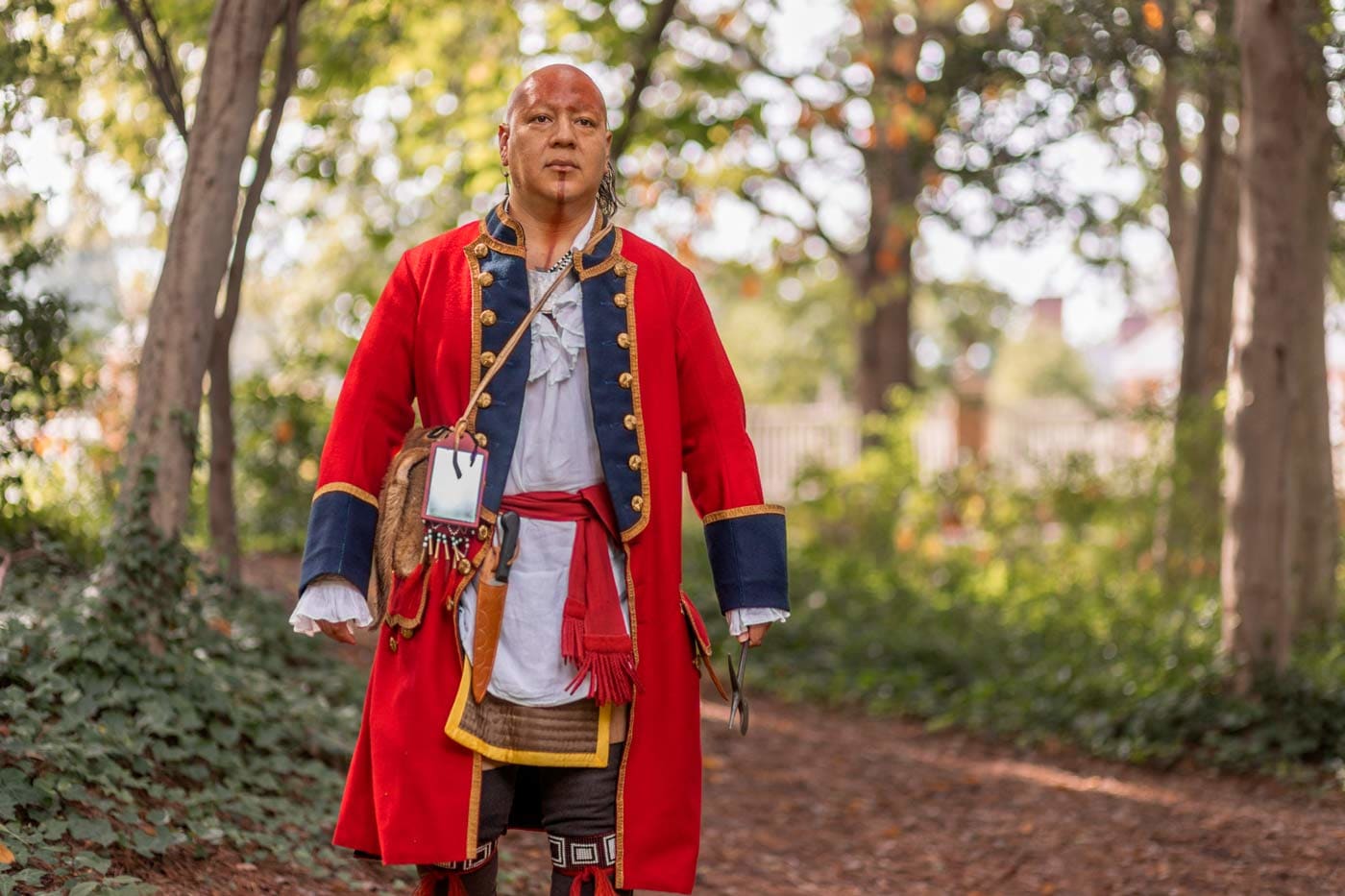
Nation Builders
Nation Builders portray real historic figures associated with 18th-century Williamsburg who made significant contributions to the American story.
Learn More
Art Museums
The Abby Aldrich Rockefeller Folk Art Museum is home to the nation’s premier collection of American folk art, with more than 7,000 objects made up to the present day. The DeWitt Wallace Decorative Arts Museum exhibits the best in British and American fine and decorative arts from 1670–1840.
Learn More
Gardens & Arboretum
From flowering backyard pleasure gardens to our grand Governor’s Palace Gardens and Grounds, our gardens can offer insight into how the colonists lived and worked as a community. Ongoing research and new archaeological techniques continue to improve our understanding of 18th-century Williamsburg gardens.
Learn More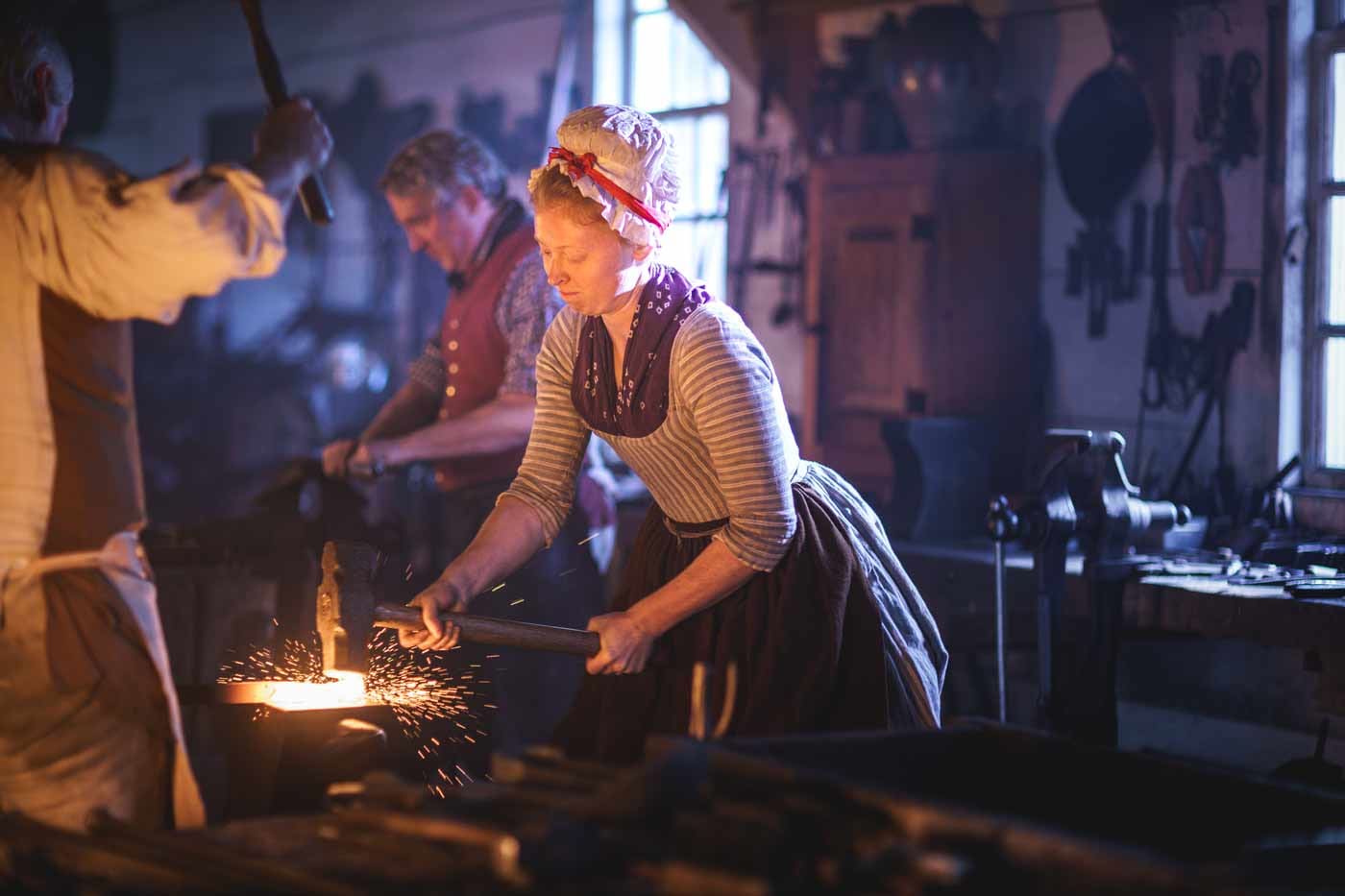
Historic Trades
Discover craftsmanship in more than 20 trades, where modern-day practitioners use 18th-century tools and techniques. These world-renowned experts make goods and provide services to our Historic Area and consult and produce for other cultural institutions around the world.
Learn More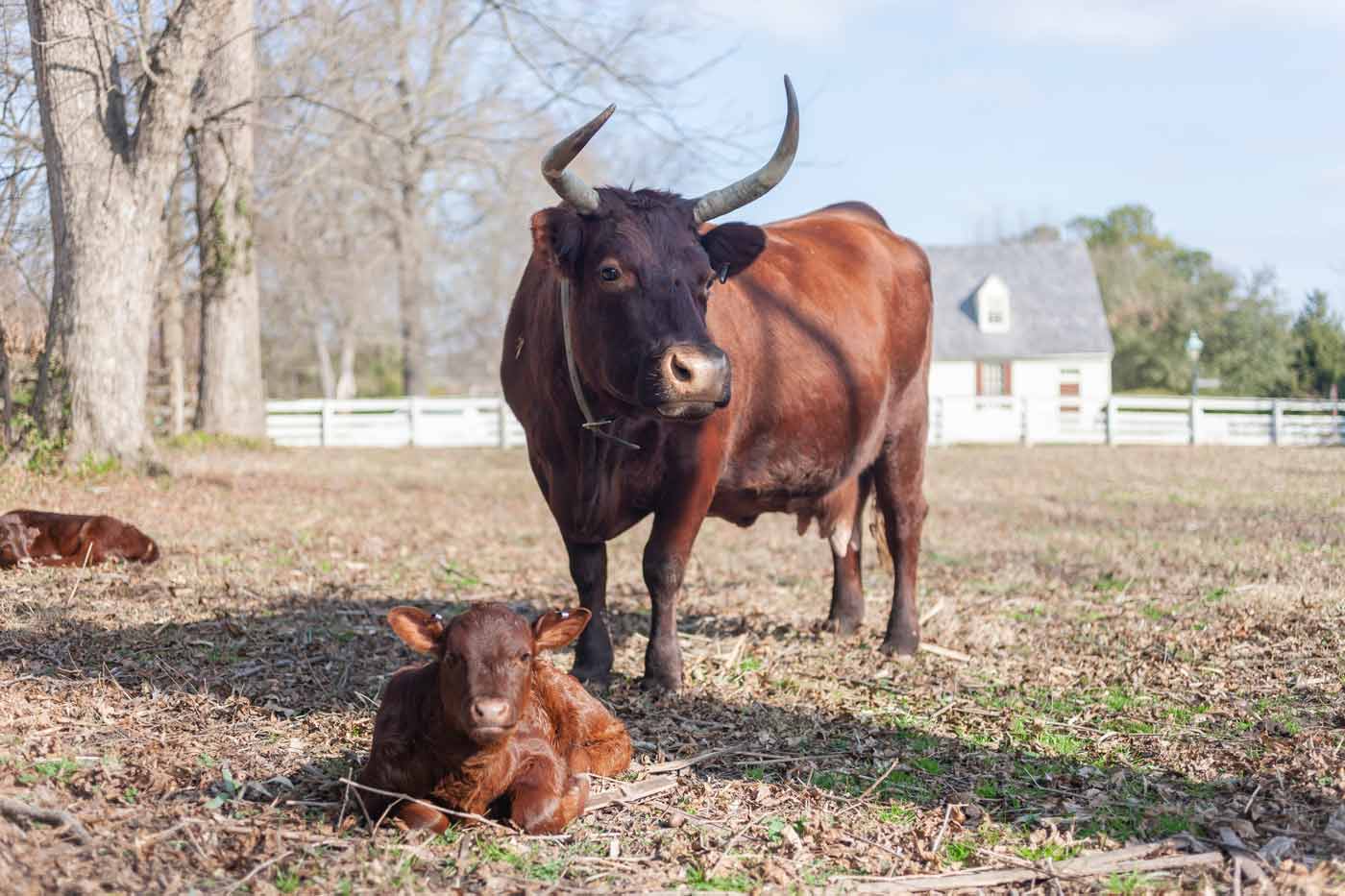
Rare Breeds
Colonial Williamsburg’s Rare Breeds program, founded in 1986, helps promote genetic diversity in livestock that research shows thrived in 18th-century colonial British America. The Coach & Livestock team acquires, husbands, and preserves these rare breeds that were common in the 18th century but now are threatened or endangered.
Learn More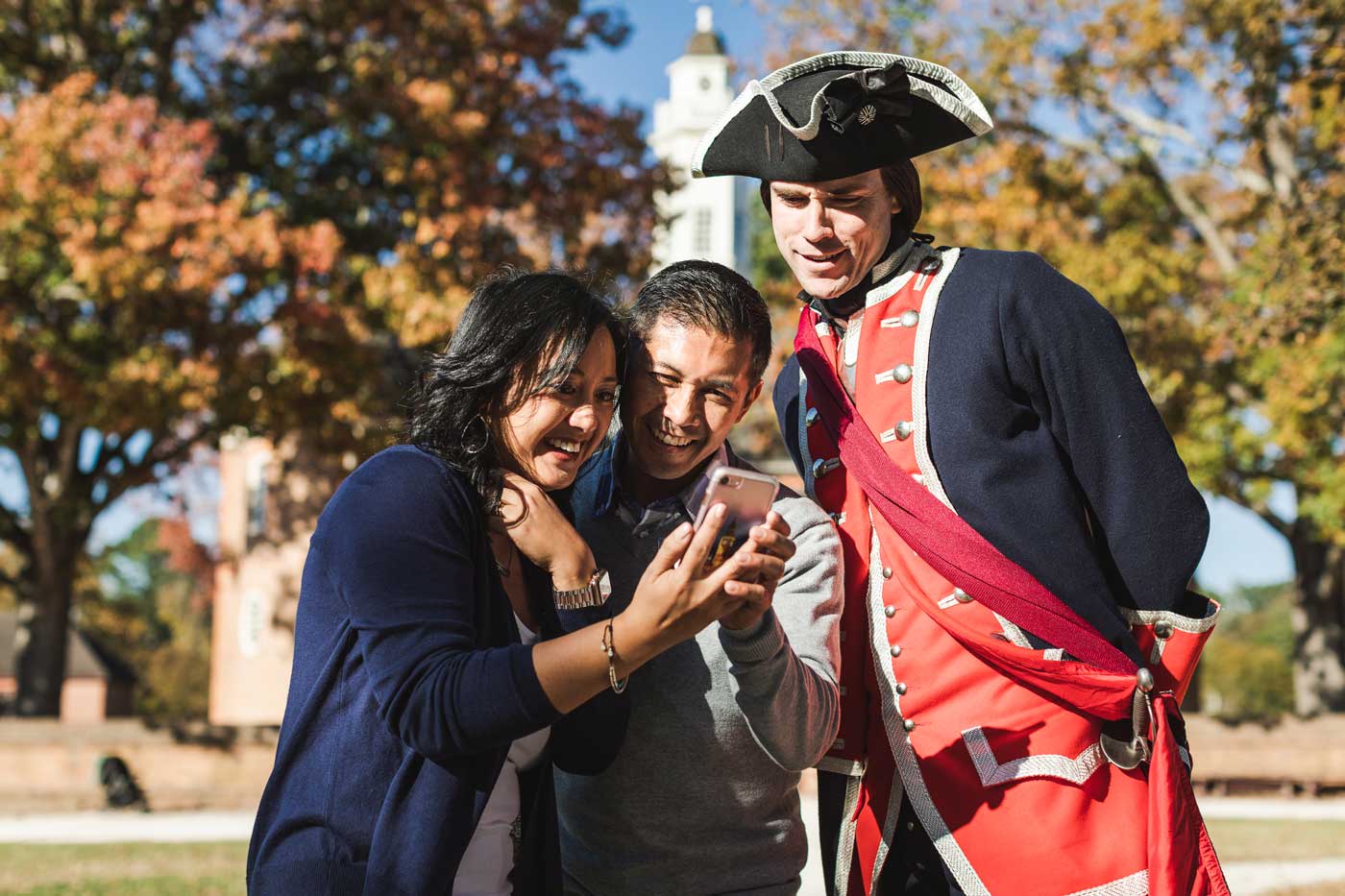
Virtual Tours
Research underpins the entire Historic Area experience, from how buildings were reconstructed to what artifacts adorn their walls, and now you can explore those layers of knowledge virtually.
Learn More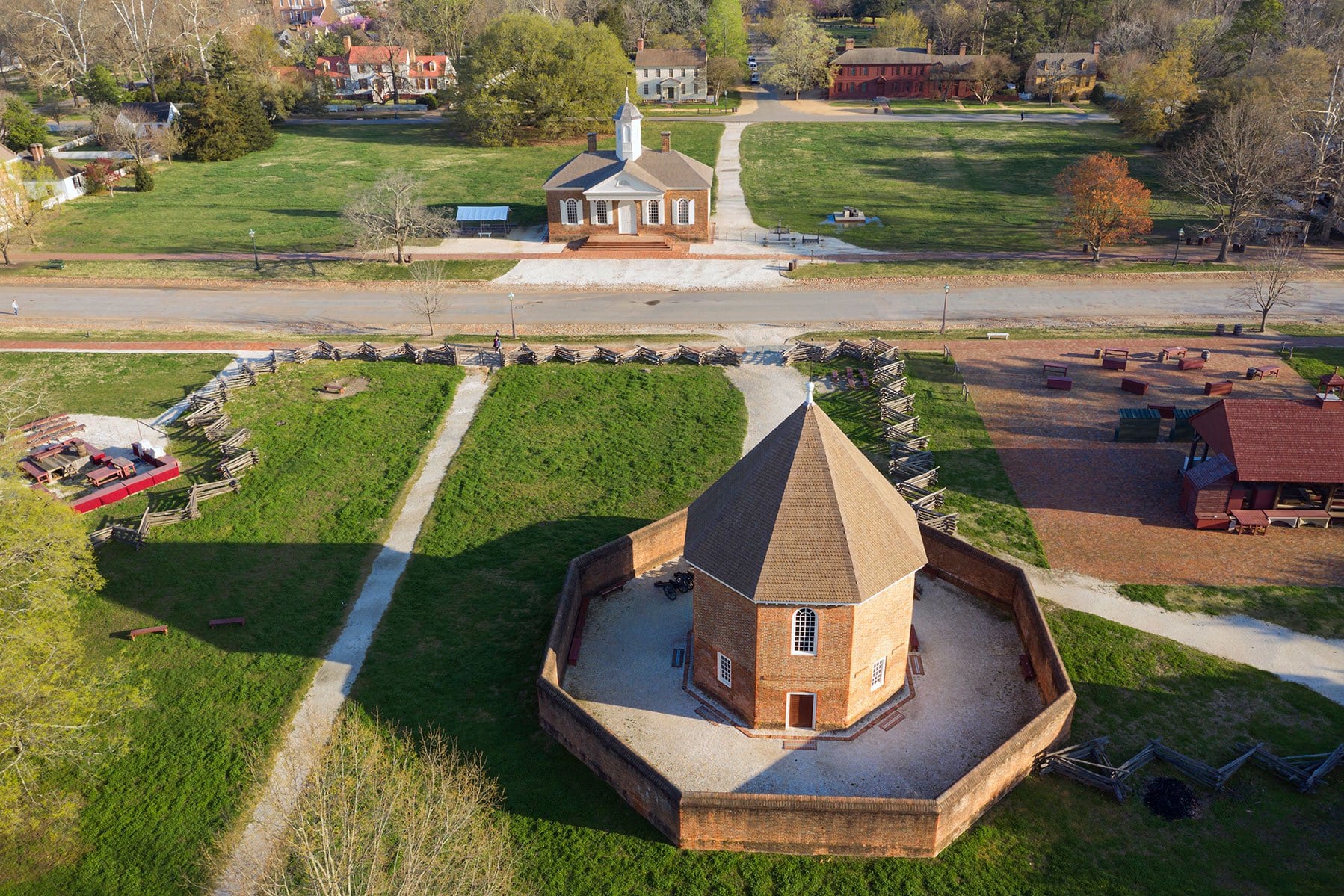
Historic Buildings
More than 300 buildings comprise our colonial capital city — 89 are original to the 18th century, while the rest were carefully reconstructed based on extensive research and archaeological evidence.
Learn More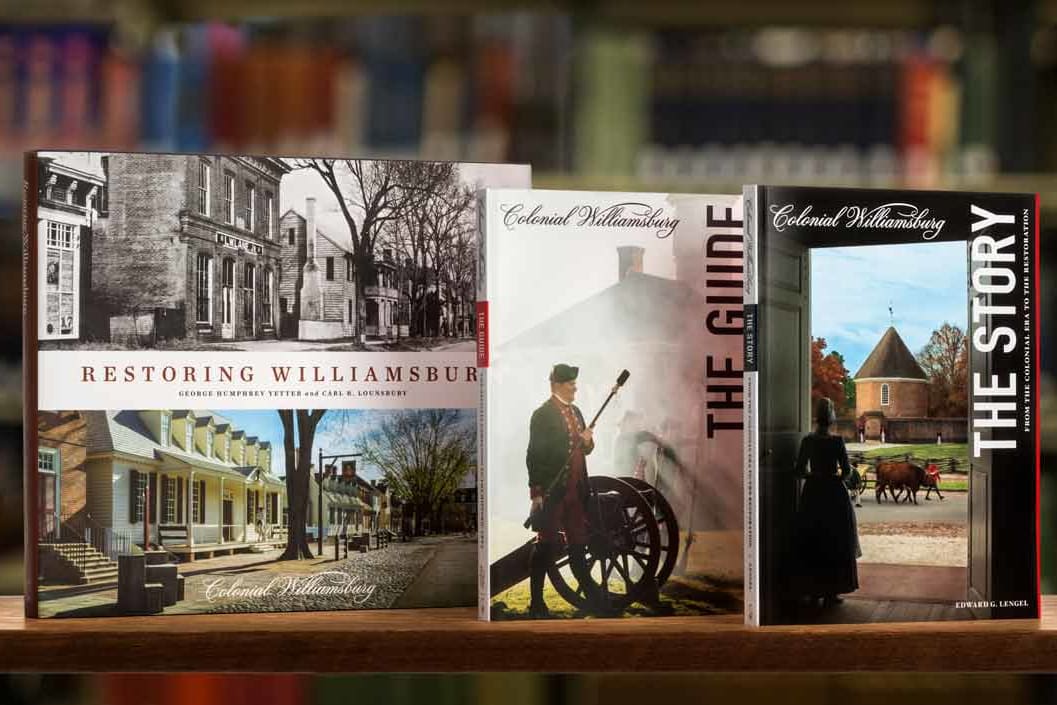
Publications
Colonial Williamsburg publishes a wide variety of books, from scholarly to children’s books, as well as Trend & Tradition, our full-color quarterly magazine, which offers articles, photography, and art that showcases the life of Williamsburg’s historic core and its people — then and now.
Learn More
CW Blog
From historic recipes to behind the scenes access, explore a wide variety of topics from the experts.
Learn MoreOnsite Opportunities
Participate in the process of discovery through our special educational programs. Engage with primary and secondary sources, field experts, and a community of learning at Colonial Williamsburg.
Learn More
Resources
Thank you to our staff historians for providing the “What is a source?” text — Hellier, Cathy et al. Thinking Like a Historian. 2021. PowerPoint Presentation.

